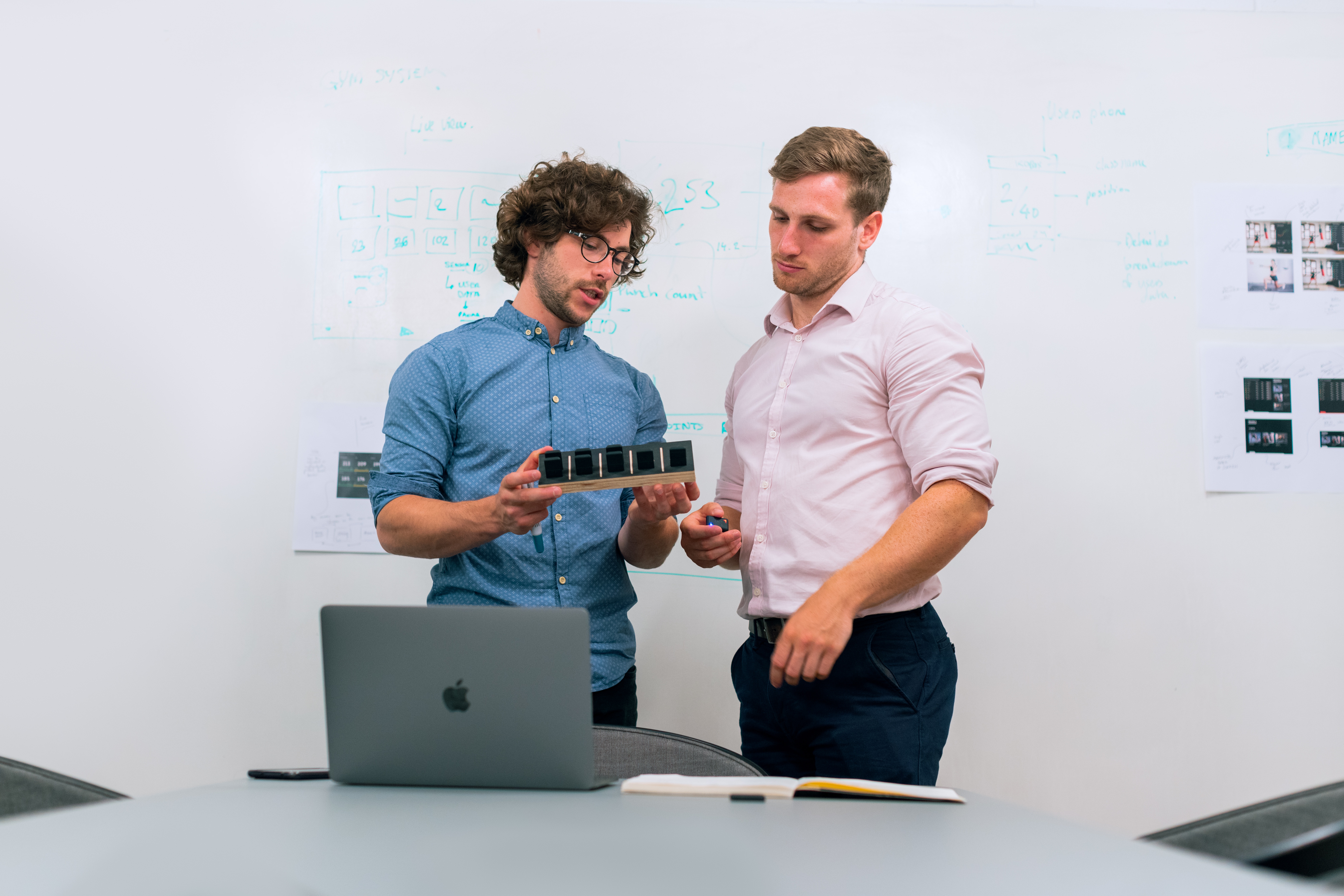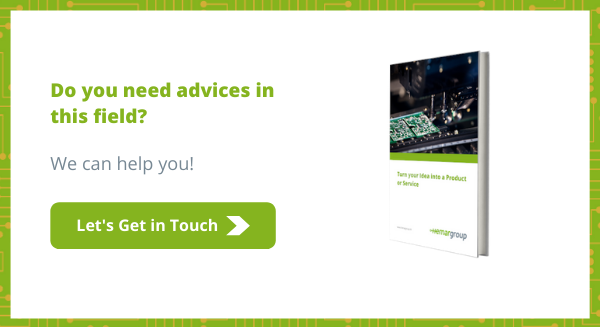
The longed-for moment has arrived! You've found a fantastic idea, you've refined it, patented it and, after the last few steps, you've arrived at the construction of the first prototype. An extremely delicate phase, not only to test the functionality of your product, but also to collect the investments you will need for industrialization and production.
In this short post, we will give you some advice on how to create prototypes that can win over even the most skeptical investors. For over 40 years, Hemargroup has provided 360° support in the engineering, development, prototyping, industrialization and production of electronic products and devices. We have seen many successful startups!
What is Prototyping and why should you care about it?
Let's start by understanding what a prototype is. A prototype is, according to the dictionary's definition, "First exemplar, original model of a series of successive realizations (with reference to devices and machines), built, mostly handcrafted, in its normal size and susceptible to tests and improvements, on which the mass production is then based". It is therefore a test model, to check the actual effectiveness (often also feasibility) of one's own idea. If done well, it allows you to immediately find the advantages and disadvantages of your idea, discover new solutions and get to production without problems.
Prototyping is a must in many industries, both software and hardware. We can confirm from our experience that you can save a lot of money (and problems) if you pay the right attention to the prototype and the end users. We have often seen startups self-convincing themselves of the goodness of their solutions, even though the first prototypes showed some problems. The result: a huge waste of money trying to solve problems when production has already started.
However, we also see the opposite problem: that of adding too many features, in the hope of being more attractive to the end customer, which will probably never be used. This is what prototyping is all about: getting closer to users and finding out what they need and how (and if) they will use the product in their everyday life. We therefore recommend having an experimental group of people, often friends, who could be potential customers of your product. Attention: they should be sincere and not be afraid to hurt you with their comments and observations.
Prototyping goes beyond Design
It is very common to confuse prototyping with a design effort, but they are not the same thing. The design simply shows the (more or less final) appearance of the product, but does not give any information about the effectiveness of its performance and the interest of the public.
Surely the look matters too, but don't think about fooling your investors with a beautiful but not working product.
The prototype must prove:
- The validity of your idea and its feasibility;
- The effectiveness of the functionalities and solutions offered by your product;
- That there are customers willing to pay for your product.
By passing these 3 steps, you will have no problem finding investors.
How to realize a Prototype?
Now that you have the foundations, you must be asking yourself some questions: How difficult is it to create a prototype? Is there a standard methodology I can follow? Do I need special tools?
In this chapter, you will find the answers to each question.
Paper or Digital?
This question may seem strange, especially when it comes to technological products. However, using paper is useful to get immediate feedback and immediately make changes, both of which are important when you are still in the early stages of prototyping.
When the initial idea has been completed, then you can easily switch to digital. There are two advantages to using digital: on the one hand, it allows you to share your prototype through the cloud, and on the other hand, your prototype becomes interactive and realistic.
Digital Prototyping Tools
Making a prototype using the tools offered by the digital world is now easier than ever before. We personally appreciate Altium, a software that allows you to design the latest generation of printed circuit boards. Its strength is also in its versatility of use, which allows you to see components and casings in 3D, checking that there are no assembly problems. For the mechanical and external design part of cases, we rely on the most popular CAD Design tools.
Test and 0 Series
Now that you've prepared your first prototype on paper and file, it's time to make it for real. Of course, not all of us have 3D printers and production machines for electronic boards at home. For this reason, it is wise to rely on specialist partners, who offer services and specific support to startups. Many EMS companies, such as Hemargroup, offer a wide range of services, which includes, in addition to engineering consultancy, also a part of testing and POC (proof of concept) to check, not only the correct operation and compliance with regulations (if your product is in highly regulated sectors), but also the usability by users.
When approaching a partner for the development of your prototypes, we recommend the following steps:
- Have in mind 4 or 5 fundamental characteristics to test;
- Know the regulations or ask your partner for specific tests for your product if you work in a strictly regulated field (e.g. medical);
- Create typical situations for the use of the product, to test the users' behaviour;
- Test and record user behaviour. Do they use the product as it should be used? Do they find it difficult or fail?
Usually 6-10 people are sufficient, a higher number leads to very similar outcomes. Once these tests are completed, you can start with the production of the 0 series, a product very similar to the final version and ready for the investors' verdict.
Final Considerations
The prototype is an important step in the development of a company. To get through this phase correctly means having an almost finished product in your hands, which can demonstrate its potential success to investors and very first customers. Successfully passing this stage means obtaining initial funding, starting to get people talking to each other, highlighting any problems, working on improvements and preparing for smooth production.
Therefore the prototyping of your product is a delicate phase, but one that will give you the satisfaction of seeing your idea transformed into reality. Take all the time you need and, if you think it is necessary, entrust yourself to expert hands.
.png)
